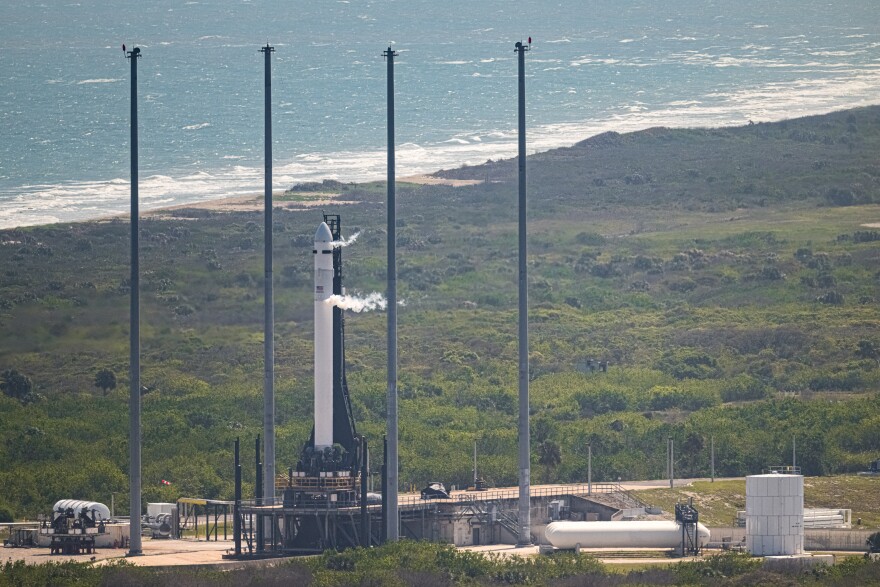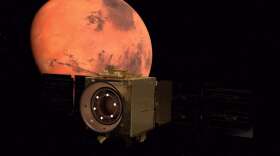Rockets that are out of this world
Commercial space company Relativity Space is creating reusable rocket — all with 3D printing.
The company had a successful sendoff of its Terran 1 rocket back in March. While the second stage and payload didn’t reach orbit, the company is not slowing down production of its new vehicle, Terran R.
Relativity’s CEO and co-founder Tim Ellis said that although the rocket did not reach orbit, he was full of excitement the day Terran 1 launched.
"I ran out the back door, went out, saw it with my own eyes," Ellis said. "I'd seen engine tests before, but of course, watching this rocket flying was super emotional experience. It was for me, not just personally impactful, but also just knowing that this thing was 3D printed."

Terran R is on track to launch in 2026. Ellis said the company learned from the Terran 1 mission and is looking forward to the advancement of more 3D printed rockets.
"We're working to do our first engine test this year, and then a full flight duration test the beginning of next year," Ellis said. "The engine program is going very well. Everything's hit 100% power. It's pretty cool."
Rovers need rest too
Robot explorers on Mars are taking some time off. For three weeks, the red planet enters a phase called conjunction and scientists cannot communicate with any of the rovers on Mars.

Amy Williams, an astrobiologist at the University of Florida and scientist on NASA's robotic missions, said that this period of silence is a reoccurring event.
"Although our deep space network is highly capable, we cannot talk through the sun. We actually get about three weeks every roughly two years where we are in conjunction and Mars is behind the sun relative to Earth," Williams said. "I like to refer to it as our Mars-cation."
Because there is zero communication between Earth and Mars, Williams explained that the rovers do not move around much during the three-week period.
"We can ask the rovers to do a couple of low energy things," Williams said. "So, nothing is going to move, we're not going to drive, we're not even going to move the mast where the cameras are, so you can kind of look around."







